#Whymper
Explore tagged Tumblr posts
Text
Doctor Tumblr. Please tell me. Why does illness make me feel like someone's stuck sewing needles into my nerve endings and then pulled on the strings.
2 notes
·
View notes
Text
Charlie Whymper



- Charlotte (Charlie) Talia Sasha Whymper - Née le 23 décembre 2049 - Next-Gen - Sang-Mêlé - Anglaise - Poufsouffle, Poudlard - Lesbienne - Auror - Claire Estabrook/Blair Bellamy (pas sûre de son nom).
~ Fille de Talia et Elliott Whymper, né McGraw ~ Soeur adoptive d'Aaron Whymper ~ Cousine d'Eben Whymper ~ Nièce de Lisia, Prenna, James, Estelle, Sarah et Elliott McGraw ~ Cousine d'Elyass McGraw, et d'Alya et Jonathan Ames * Amie de Pearl Dunckin, amoureuse d'elle (mais ce n'est pas réciproque) * Meilleure amie d'Eben Whymper * Amie de Pearl Dunckin, Amedea Azemar et Aaron Whymper
2 notes
·
View notes
Text
Les branches des Woodley
Les Anglais : Woodley > Esor

Suite à la mort de Rose, puis celle d'Ares (quelques années après l'incendie), Casey fut la première à quitter La Bicoque. Elle mit du temps à accepter la mort de ces personnes qui avaient fini par devenir ses parents, et elle préféra faire table rase du passé. Elle s'installa en Grande-Bretagne, seule, où elle fit la connaissance de Lewis Esor, un sorcier. Ensemble, ils fondèrent la famille Esor, dont l'emblème représentait une rose dorée – rose, en la mémoire de sa mère, et le doré pour la couleur de cheveux d'Ares. Les Allemands : Woodley > Whymper

Après le départ de sa grande sœur Casey, Laureen voulut visiter le monde à son tour, mais dans l'espoir de perpétuer les actions menées par ses parents. Elle choisit d'ouvrir un orphelinat dans une forêt en Allemagne, protégée par un sort de Repousse-Moldus, en souvenir de la bicoque de Medea. Elle épousa Anselm Whymper, et ensemble, ils eurent deux enfants : Gaëlle et Emett. Les Français : Woodley > Whymper > Green

Gaëlle fut celle qui perpétua la tradition familiale. A l'âge adulte, elle emménagea en France, mais très vite, l'intégration se révéla difficile. Elle rencontra un certain Ray, un homme qui n'avait jamais connu ses parents. Malgré la barrière de la langue, ils se comprenaient facilement, à l'aide de signes et de sourires. Grâce à Ray, Gaëlle racheta un orphelinat en perdition. Elle le nomma le Rose des bois. Très vite, Ray et Gaëlle se rapprochèrent. Le jeune homme, très mauvais en langue, la surnomma maladroitement Green, référence aux yeux verts de l'Allemande – il pensait que c'était de l'allemand. Quand ils se marièrent, ils choisirent de donner ce nom à leur enfant. Les germano-britanniques : Woodley > Whymper Woodley > Whymper > Archer (moldus)

Emett, de son côté, resta en Allemagne pour prendre soin de l'orphelinat de ses parents. En épousant Elise Müller, ils décidèrent d'investir dans les balais magiques et mirent de côté pour acheter énormément d'actions chez Der Besen der Hexe, une toute nouvelle entreprise de production de balais magiques. Il s'avéra que ce choix fut des plus judicieux, le Quidditch se popularisant à une vitesse exponentielle en Europe, à l'époque. Ils gagnèrent suffisamment d'argent pour rénover le terrain de l'orphelinat, qui se laissait dominer par la forêt environnante. Emett et Elise eurent des jumeaux : Gale et Suzie. On s'aperçut rapidement de la nature de Cracmolle de Suzie, mais elle n'en fut que plus cajolée encore par ses parents, pour la réconforter. Cependant, au même moment, la Seconde Guerre Mondiale éclatait chez les moldus – et du côté des sorciers, une guerre de la même ampleur opposait l'Europe à Grindelwald. La forêt fut rasée par les bombes larguées par les opposants des nazis – seuls Gale et Suzie en réchappèrent. Ils fuirent en Angleterre avec les économies de leurs parents. Gale fit la rencontre de Denis Ceasy (le fils d'Edern), qui accepta de prendre sous son aile les jumeaux en échange d'une redevance annuelle – après tout, ils restaient des Sang Purs, malgré le cas particulier de Suzie. Suzie travailla pendant un temps comme jardinière chez les Ceasy, tandis que Gale tentait tant bien que mal de fructifier les économies de leurs parents. Suzie eût deux enfants avec Paul Archer : Jordan et Elladora, eux aussi dénués de magie. Jordan, à son tour, fut coursier auprès des Ceasy (il délivrait les courses alimentaires, et les tenait au courant de l'actualité moldue). Elladora naquit aux quinze de Jordan, quand les investissements de Gale payèrent enfin. Quelques années plus tard, Jordan quitta sa famille pour vivre son idylle avec Zoe Ceasy, tandis que Suzie, Paul et Elladora quittèrent les Ceasy pour la ferme qu'avait racheté Gale. Gale, pendant ce temps, avait essayé tant bien que mal de suivre la voie tracée par ses parents. Dans un premier temps, il racheta un studio où il travailla d'arrache pieds pour produire des balais à la hauteur Der Besen der Hexe. Il rencontra Wanda Schmidt, une rescapée juive de la shoah, dont il tomba amoureux. Ensemble, ils parvinrent �� se faire une place sur le marché des balais. Ils eurent un fils : Rick Whymper.
La branche franco-allemande (en Angleterre) : Woodley > Whymper > Green > Whymper

Charlotte Green descend de la branche française des Woodley ; Rick descend de celle germano-britannique. Cousins éloignés, ils ne découvrirent jamais ce fait de leur vivant. Ils durent leur rencontre à l'entreprise de balais de Rick, qui s'implantait en France. Pour l'occasion, il avait été convenu d'offrir des balais flambant neufs aux enfants du Rose des bois, un orphelinat français qui devenait de plus en plus réputé auprès de leurs pairs. Charlotte et Rick eurent deux enfants, Nicolas et Talia. Cependant, Charlotte mourut aux dix ans de Talia. Rick changea le nom de son entreprise en sa mémoire, et le nomma Green as hell. Plus tard, Nicolas deviendra le directeur du Rose des bois, tandis que Talia sera la CEO de Green as hell.
La branche australienne : Woodley

Eileen fut la seule à rester en Australie avec son petit frère, Desmond. Elle prit la direction de La Bicoque, et adopta cinq enfants dont elle s'occupa admirablement : Mildred, Clare, Ava, Edweena et Ronan. Elle a fait construire une stèle dans le jardin, près des roses, en la mémoire de ses parents. On peut y lire : « Ici, une Rose planta ses épines dans la lobe de L'Enfant ». La branche australienne-anglaise : Woodley

Mildred, l'aîné d'Eileen, prendra la suite de La Bicoque, suivi par son fils aîné Osmond. Morley immigrera en Angleterre, par amour pour Marnie Thorn (son pays d'origine lui manque). Il aura un fils, Isaiah, qui sera réparti à Gryffondor. Isaiah rendra souvent visite à son oncle Osmond en Australie, pour aider à entretenir La Bicoque.

1 note
·
View note
Text


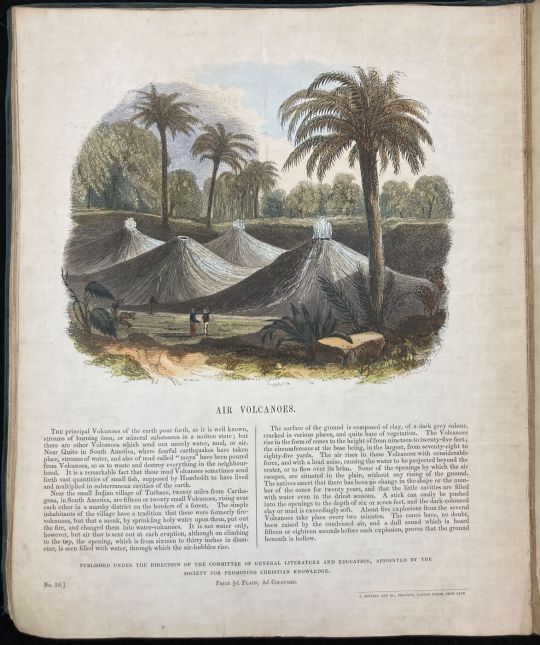

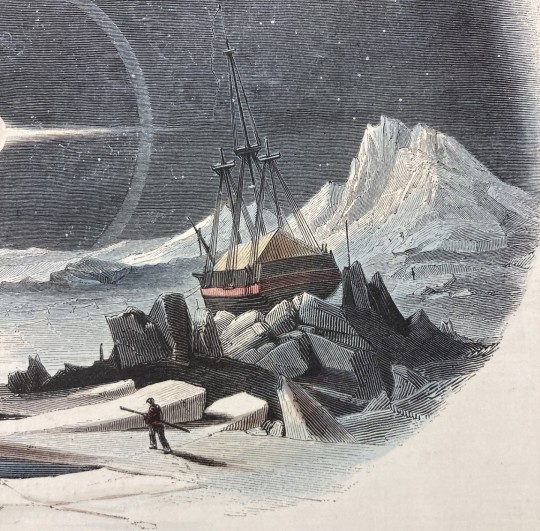



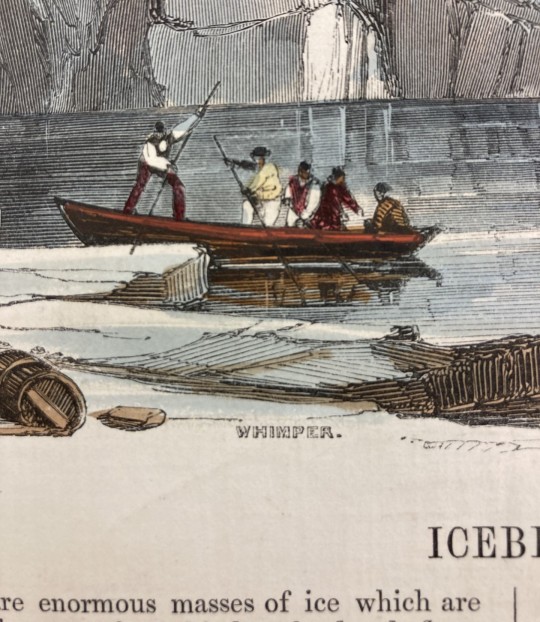
Josiah Wood Whymper – Scientist of the Day
Josiah Wood Whymper, a British wood engraver, was born Apr. 24, 1813.
Learn more
#Josiah Wood Whymper#wood engraving#histsci#histSTM#19th century#history of science#Ashworth#Scientist of the Day
41 notes
·
View notes
Text

Oscar Whymper photographed by Jamie Heath
15 notes
·
View notes
Text

Will-o'-the-Wisp (Josiah Wood Whymper, 1849)
13 notes
·
View notes
Text
ok but. Animal Farm is about communism. Orwell has said this. It's entirely based on the Russian Revolution and the rise of the Soviet Union. If you meant that it's not a critique of communism, then you'd be right; it's a critique of totalitarianism. But Animal Farm is absolutely an allegory for the Soviet Union and communist Russia.

iTs aN aLLeGorY fOR cOMmuNIsM!!1!1
#I haven't read lotf so I can't speak on that#but communism plays a pretty fucking big role in animal farm#people saying “erm actually it's about capitalism” in the notes aren't entirely wrong#there is critique of capitalism in animal farm (ie Mr Whymper)#but the book is entirely based on Soviet Russia. that is literally a fact
971 notes
·
View notes
Text



Edward Whymper FRSE was an English mountaineer, explorer, illustrator, and author best known for the first ascent of the Matterhorn in 1865. Four members of his climbing party were killed during the descent.
0 notes
Photo
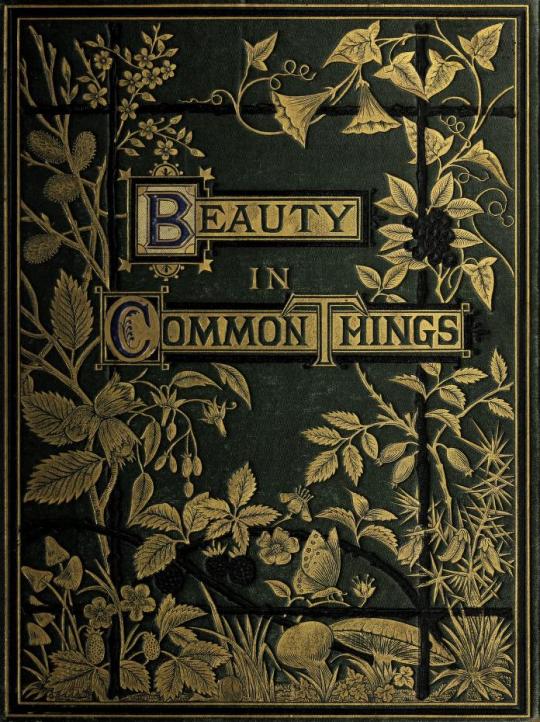
Decorative front cover of ‘Beauty in Common Things.’ Illustrated by J. W. Whymper.
Published 1874 by S.P.C.K.
Fisher - University of Toronto
archive.org
3K notes
·
View notes
Text

The Cruise of the Marchesa … With maps and … woodcuts drawn by J. Keulemans, C. Whymper and others … Second edition (1889)
Sable (Martes zibellina)
33 notes
·
View notes
Text
so pretty!!!

Guys aren't I pretty?
4 notes
·
View notes
Text

Chimborazo is an amazing phenomenon - it's an extinct volcano in the Ecuadorean Andes
and while Everest is the highest mountain above sea level, Chimborazo is something else: because it's almost on the equator (and the earth is an oblate spheroid, which means it bulges around the middle), the peak of Chimborazo is the highest point (or as the wiki article says poetically, the utmost point) from the centre of the earth
and what this means is that if you go up there and then jump up and down, gravity is noticeably less than at sea level
we have always longed to do this - we're a wheelchair user now so we'd have to be airdropped, and our jumping up and down days are over, but we'd still love to see it and feel it - anyway we thought you'd like to know about it and look isn't it pretty
and the only reason we know about it is a very weird chain of events in which near the end of 2000, we were on a solitary retreat and over the course of three days had an entire novel dumped into our psyche out of nowhere, which made us go and look stuff up when we got home
this novel is never going to get finished because we just don't have the spoons, but we can tell you that one plot point concerns the head of Orpheus making its way from the greek islands (with the artist Augustus Earle) to the Beagle (Darwin's exploratory ship), getting left on one of the Galápagos islands by Darwin, taken to Ecuador by Melville (he of Moby-Dick), and then taken to England by Edward Whymper, the first white guy to climb Chimborazo - thus incidentally causing the eruption of Krakatoa (where Orpheus' genitals were being kept - it's an equilibrium thing)
do not ask us to explain where any of this came from because we have no idea, it's one of the weirder things that has happened to us
18 notes
·
View notes
Text
Elliott McGraw



"Whatever you do will be insignificant, but it is very important that you do it." _ Mahatma Gandhi
- Elliott Emeric McGraw, époux Whymper - Né le 7 mai 2008 - Originals - Sang-Mêlé - Anglais - Hétérosexuel - Poufsouffle, Poudlard - Botaniste - ISFJ (Défenseur) - Daniel Laros.
~ Fils d'Arthur et Gemma McGraw (née Nott) ~ Petit-fils d'Henry et Madeline McGraw (née Guipure) et d'Hypérion et Elladora Nott (née Shafiq) ~ Neveu d'Emeric McGraw ~ Petit frère de Lisia, Prenna, James et Estelle McGraw ~ Frère jumeau de Sarah et Ryan McGraw ~ Cousin de Johanna, Flora et Julianne McGraw ~ Père d'Aaron et Charlie Whymper ~ Oncle d'Elyass McGraw, Alya et Jonathan Ames
* Ami, puis petit-ami, puis mari de Talia Whymper * Ami de Sasha Hollister Trivia :
- Patronus : cerf - Epouvantard : un Démonzémerveille
0 notes
Text

A Hair-Breadth Escape. From the Life and Habits of Wild Animals. Illustrated by designs by Joseph Wolf. Engraved by J. W. and Edward Whymper. 1874.
Internet Archive
326 notes
·
View notes
Photo
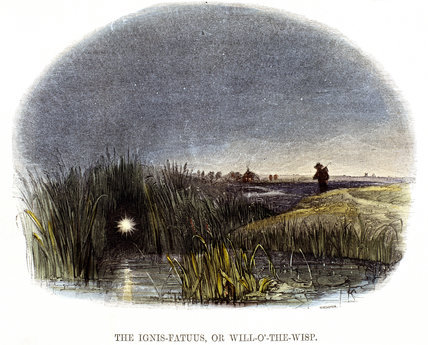
The Stallichtjes [Dutch/Flemish folktales]
A Will-o’-the-wisp, also called ignis fatuus is a floating light that appears at night, usually over a swamp or bogland. There is a perfectly rational scientific explanation – if I recall correctly, it’s related to the oxidation of methane gases and other gases – but they play a significant role in folktales of several countries, each of which provides their own explanation for the mysterious floating lights.
One of them is the stallicht (‘barn light’), also called stalkaars (‘barn candle’) or dwaallicht (‘wanderlight’), supernatural beings from Dutch and Flemish folktales. These burning lights were the souls of children who died unbaptized. There are several tales of people who baptize them by making a cross sign, upon which they disappear, presumably to pass on to the afterlife. One story from Antwerpen tells of a woman who encountered a single stallicht floating around. After her initial surprise, she understood what was going on and said “I baptize you in the name of the Father, the Son and the Holy Spirit”. The light disappeared but suddenly, hundreds upon hundreds of stallichtjes appeared, seemingly out of nowhere. They had seen how the woman successfully baptized their companion and also wanted the chance to get to Heaven. The woman spent the whole night baptizing the lost souls, well into the following morning, and when the last spirit was finally gone, she dropped dead on the spot.
Stallichtjes also play a large role in a myth from Kortenaken (Belgium). As the story goes, there lived a wicked countess in the village of Hoeleden, who absolutely despised any form of religion. She was an exceptionally cruel woman and every time one of her servants had a child, she would drown the baby to prevent the parents from baptizing it (as baptizing was a form of religion and she couldn’t stand the thought of that happening on her lands). (Note that, at least as far as I can find, there is no historical record of such a countess. Unless I am mistaken, this story is purely fiction.)
Her rule was ruthlessly brought to an end, however, as her body was found in the bushes one morning. It was mangled and the heart was torn out, so people assumed it was the work of devils. The body was buried and since then, wailing could be heard in the area at night, accompanied by small floating stallichtjes, which we can assume to be the spirits of the drowned infants.
One night, a man called Waar van Pius happened to pass through the area. Though he was drunk, his heart was in the right place. Most men avoided the area at night because they were scared of the spirits and the ghostly wailing, but Waar was far too drunk to be afraid. When he heard the wailing, coming from underneath the bridge and accompanied by floating lights as usual, he yelled “what do you want, you hellish hooligans!” and a disembodied voice replied “baptism.” As such, the man put the tip of his whip in the stream and sprinkled water over the stallichtjes to baptize them. They disappeared, finally able to pass on to the afterlife, but suddenly a floating, bleeding heart appeared, surrounded by stallichtjes. This was the heart of the countess. Waar van Pius had enough of this nonsense and resumed his path, and the bleeding heart fell into the stream.
Sources: Peeters, K. C., 1979, Vlaams Sagenboek, Davidsfonds, Leuven. https://www.volksverhalenbank.be/mzoeken/zoeken_Subset.php?Zoek=Verteller&Term=9480 (image source: engraving from Josiah Wood Whymper, 1849)
98 notes
·
View notes
Text

Normal and Whymper beautiful names for a baby girl
2 notes
·
View notes